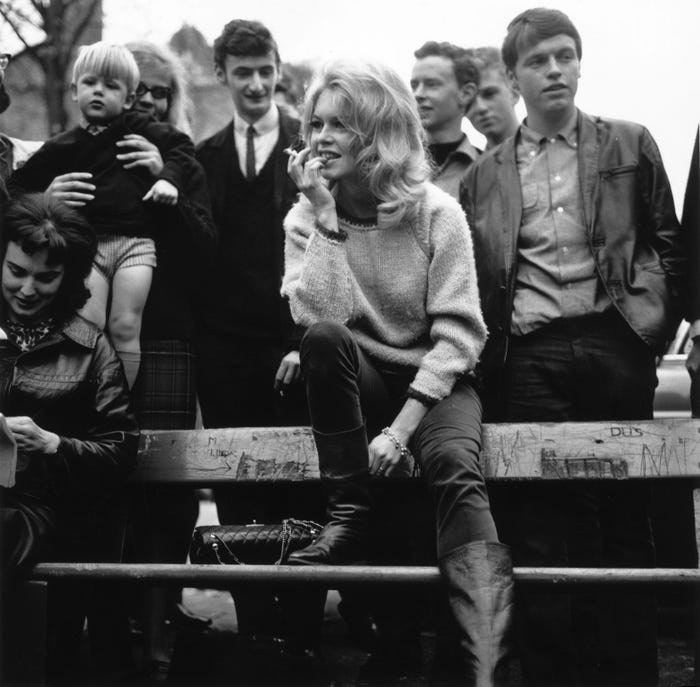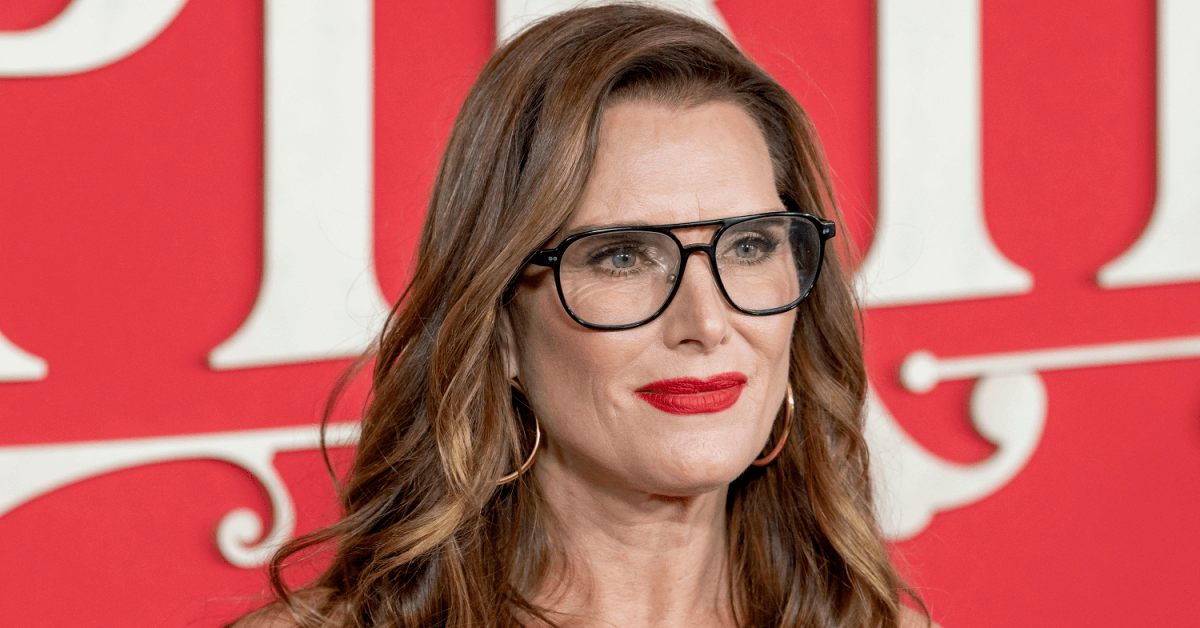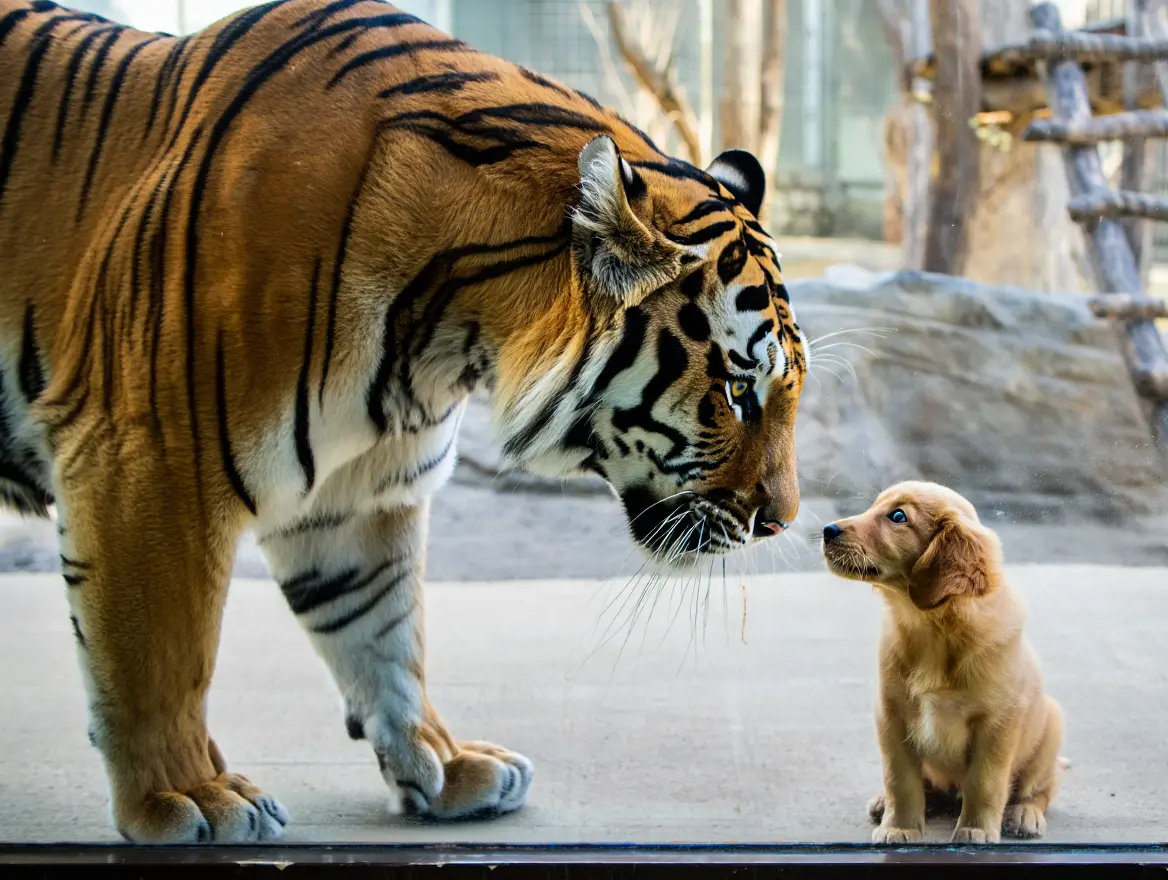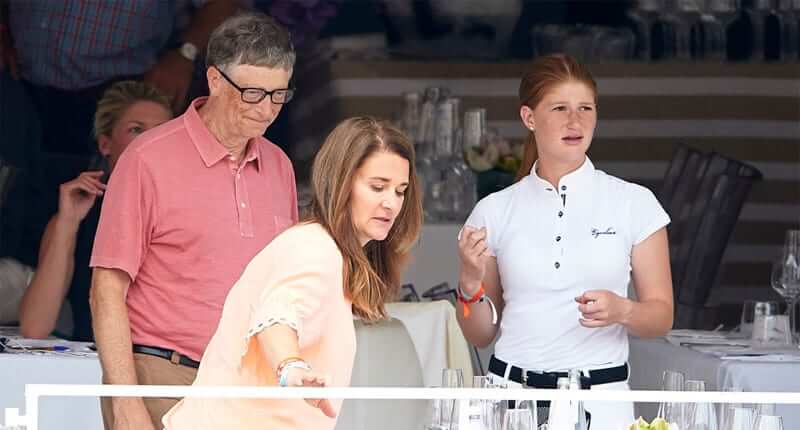It’s the particular style of denim that changes year after year, some decades seeing a rise in baggy jeans, others full of tight, low-rise moments.
Here is a glimpse at what jeans looked like the year you were born:
The mid-1800s – 1930: Jeans make their debut and are known for being durable and practical, not stylish.

Back in the mid-1800s, when jeans were first invented, they were mainly popular with miners and workers who needed to wear something sturdy and reliable.
It took a few more decades before jeans became a casual staple worn by all genders on a regular basis
1930 – 1953: Jeans were Western-inspired and just getting popular.

It wasn’t until the 1930s that jeans became more mainstream when they entered the Hollywood scene in popular Westerns.
Back then, jeans were associated with cowboys and the movie stars who played them.
Later, in the very early 1950s, jeans were just starting to become more of a fashion trend thanks to actors like Marlon Brando and James Dean wearing them on a pretty regular basis.
Still, even as they became more “cool,” they had a Western vibe to them and were primarily worn by men.
It wasn’t until 1952 when Marilyn Monroe wore a pair in her film “River of No Return” that they became a staple for women as well.
1954 – 1956: Boxy jeans were in style, and they were usually cuffed.

Throughout most of the 1950s, jeans had a boxy look to them — they weren’t fitted or particularly baggy, they just looked rather stiff.
They were also almost always worn rolled up.
1957 – 1959: Pairing jeans with a white T-shirt became a trend.

This simple trend seemingly started back in 1957 when Brigitte Bardot was photographed in cropped, less boxy jeans with a white T-shirt.
Today, jeans and a white T-shirt are still a classic look.
Early 1960s: Denim became more flared, more embellished, and more fitted.

In the early 1960s, jeans were still boxy and cuffed, but as the years went on, they became more casual, more fitted, and more embellished.
They became more mainstream and less Western-inspired, too.
1964 – 1965: Jeans were tight at the waist and flared at the bottom.

The mid-1960s were all about flared jeans. Celebrities like Sonny and Cher, Twiggy, Mick Jagger, and Jimi Hendrix made the style even more popular.
1966 -1968: Boot-cut jeans took over.

Flares might have been a defining denim moment in the 1960s, but they weren’t the only trend that people loved.
Boot-cut jeans were also very popular during this time, especially after Brigitte Bardot was photographed wearing them in 1966.
1969: Flared jeans came back.

Boot-cut may have taken over for a few years, but by 1969, flared jeans were back in business. Jeans were also becoming a little more low-rise.
1970: Jeans were more ragged and embellished.

An article in the New York Times about denim trends in the early 1970s said that patched jeans, frayed cuffs, and lightweight jeans were becoming more and more popular.
1971: They were more fitted in the waist.

Although flares and boot-cuts were still on-trend, jeans had become much more fitted at the waist. They weren’t quite so boxy anymore.
1972: Bell bottoms made their way into the spotlight.

Flares seemed tame compared to the bell bottoms that became super popular in 1972. Jeans were more fitted at the waistband and got wider as they went down the leg.
1973 – 1974: Unfinished hems were on the most popular jeans.

Flared jeans and bell bottoms were still very trendy in 1973 and usually came with frayed hems that made it seem like someone had cut off a sliver of fabric.
1975 – 1976: Elephant bells became the new bell bottoms.

Bell bottoms got even more dramatic in 1975 with the introduction of elephant bells, which were basically just extremely wide-leg jeans that got even more flared around the calves.
1977: Slim, straight leg jeans had a punk-inspired vibe to them.

In the late 1970s, jeans started to become more slim-fitting, with straighter legs rather than flares.
For example, Levi’s 505 jeans were particularly popular, especially in the music scene. You can tell by getting a glimpse of the Ramone’s 1976 self-titled album, where they are all wearing 505s.
1978: Jeans became darker and tighter.

The punk-inspired look from 1977 stuck around as jeans became darker. They also became tighter.
Sasson jeans, which were known for being very tight, were incredibly popular in the late 1970s.
1979: Daisy Dukes took the place of jeans.

In 1979, actress Catherine Bach wore very short denim cut-offs in “The Dukes of Hazzard” TV series, and they immediately became trendy.
1980: Jeans became much baggier.

In the 1980s, the rise of hip-hop changed the way denim was worn. Jeans became very baggy and oversized.













